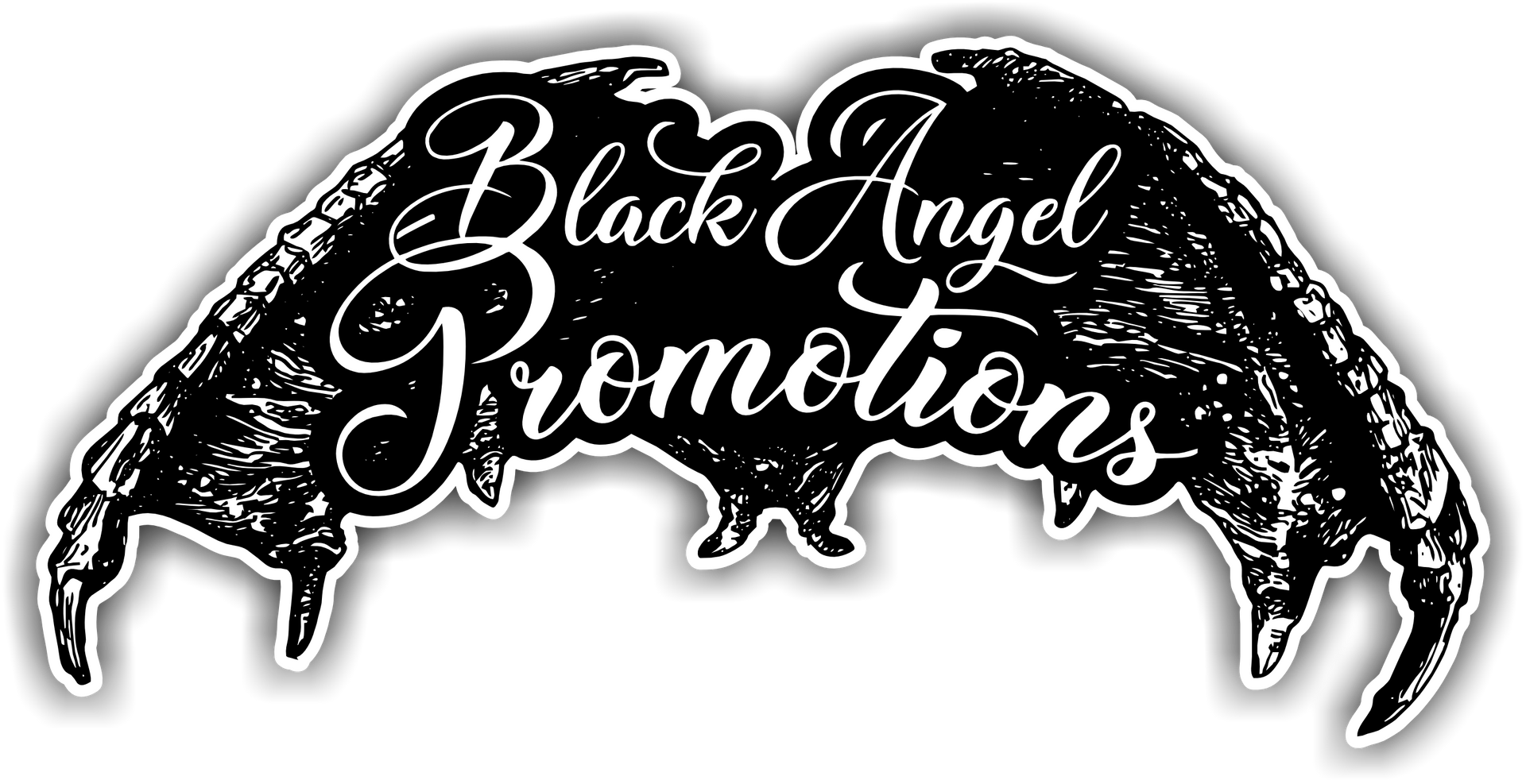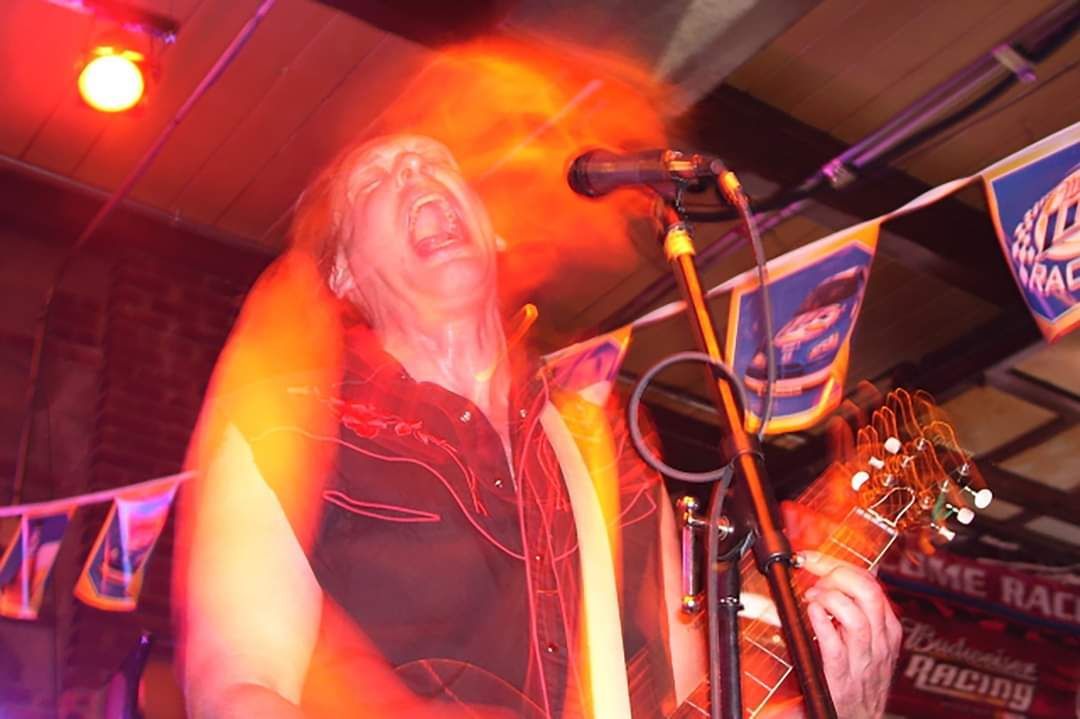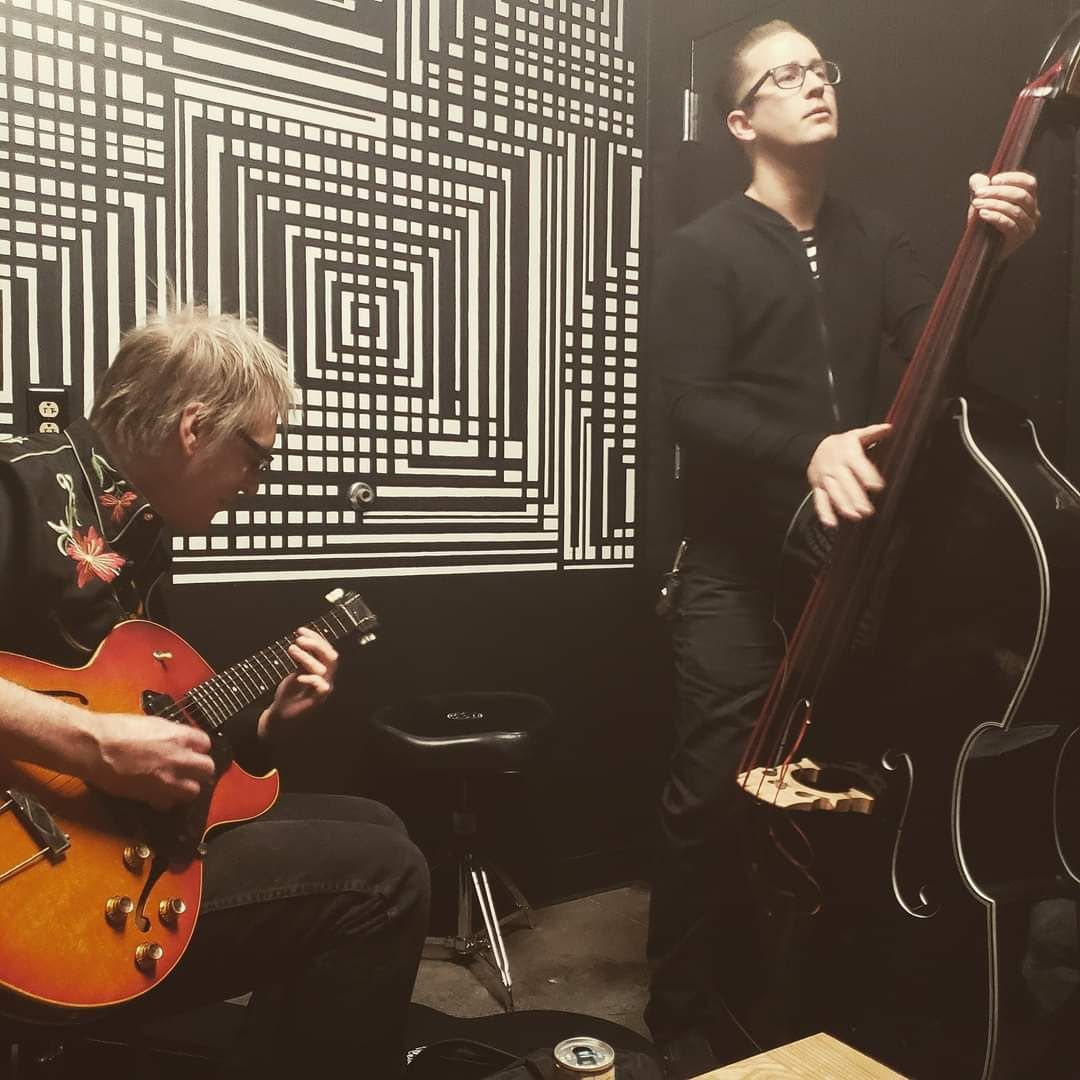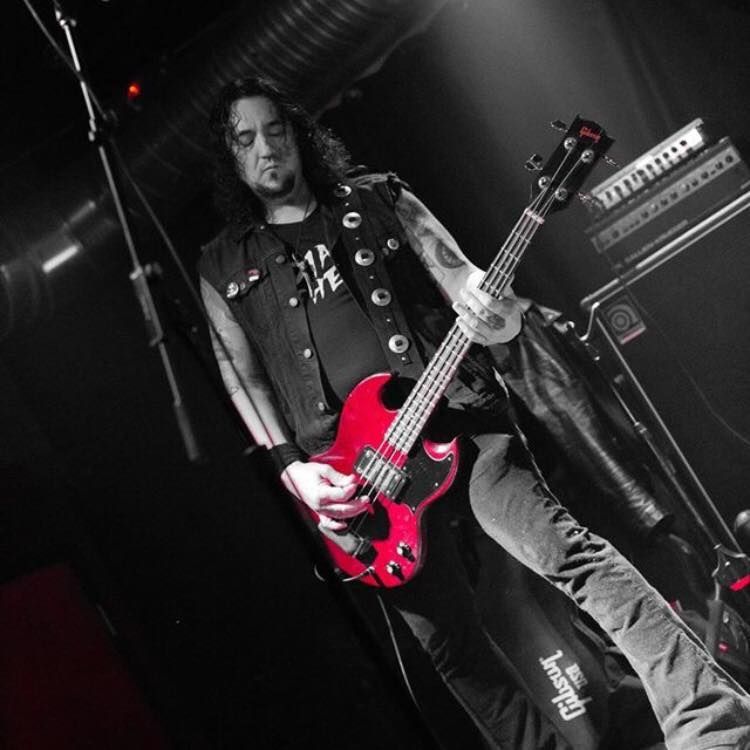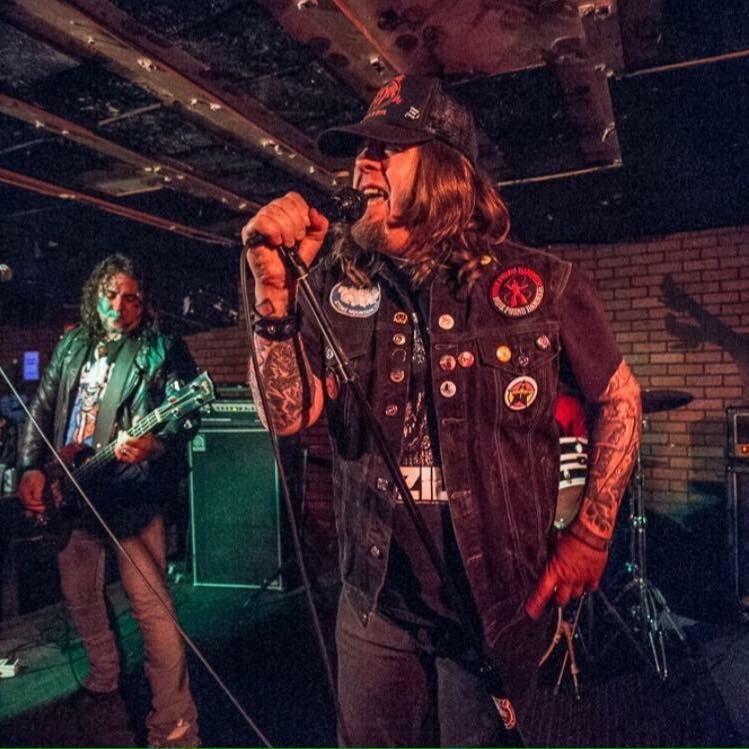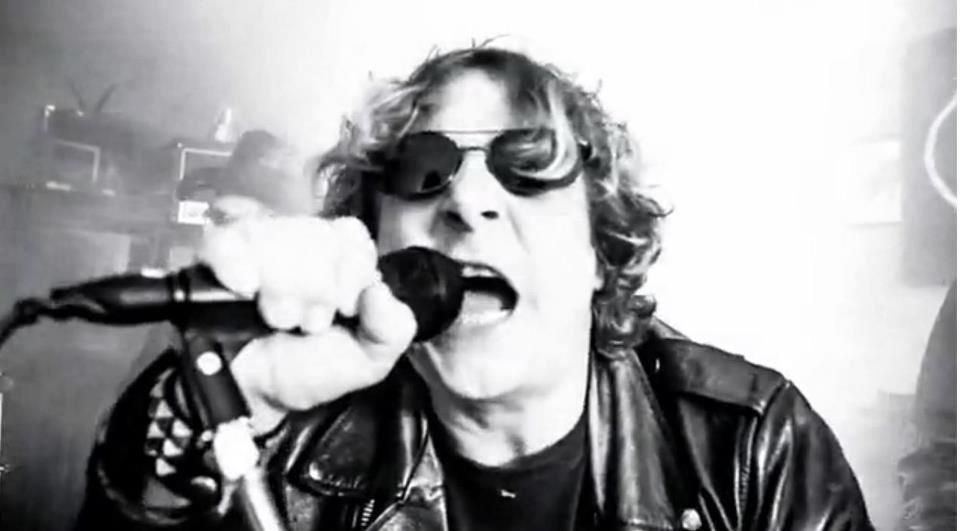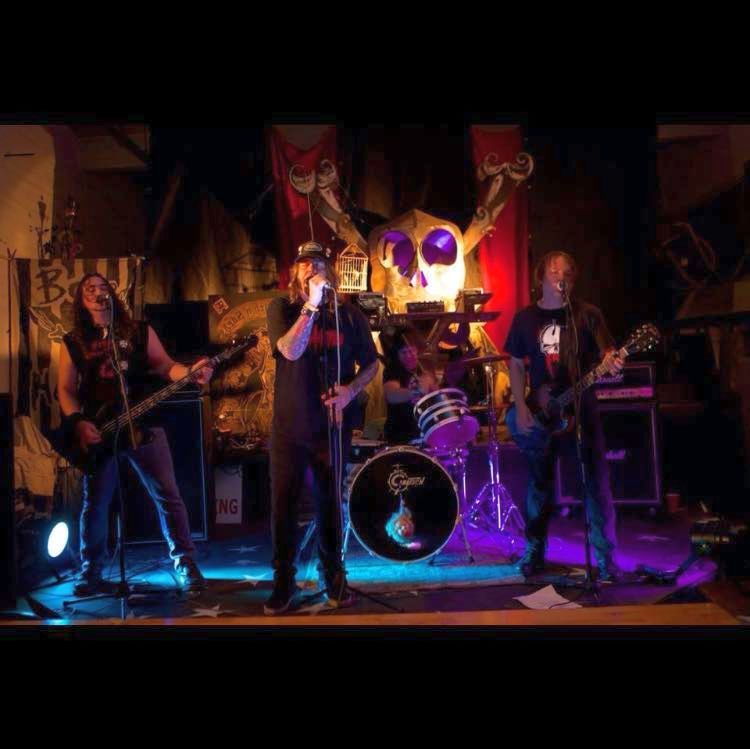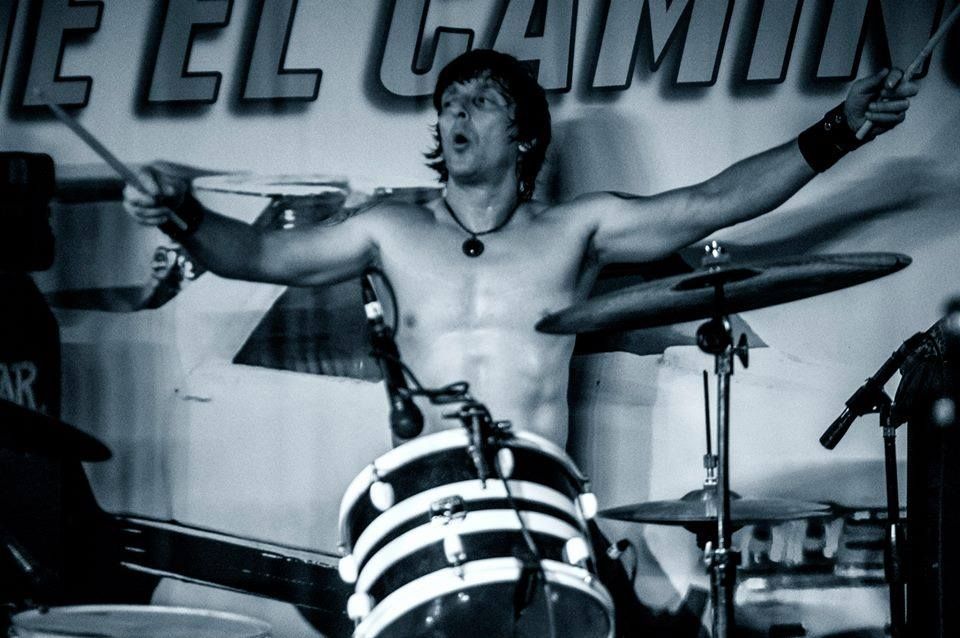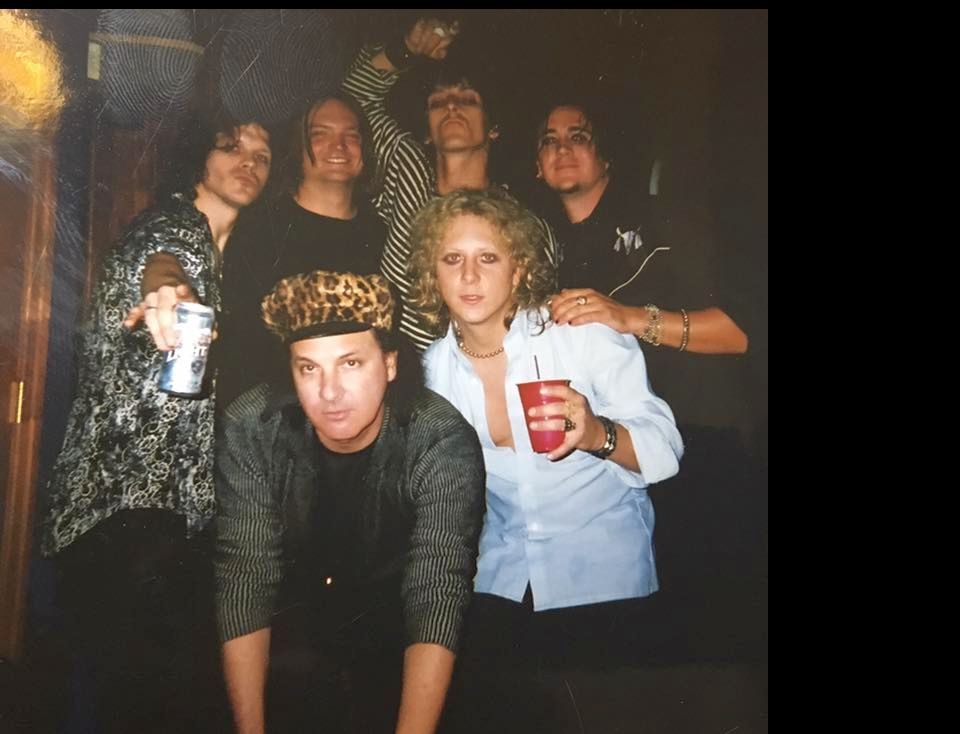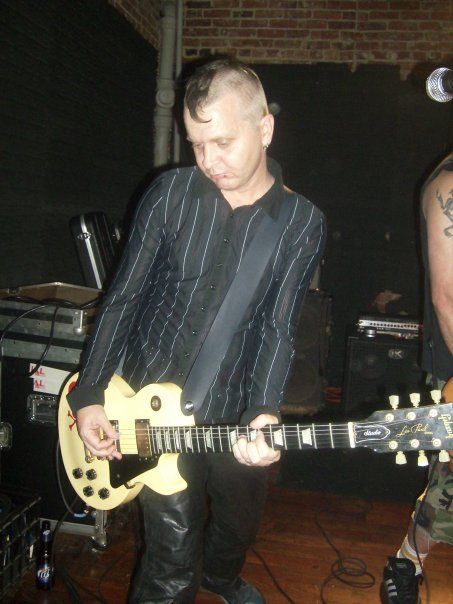Sigh I Saw The World’s End (Hangman’s Hymn MMXXV) Review
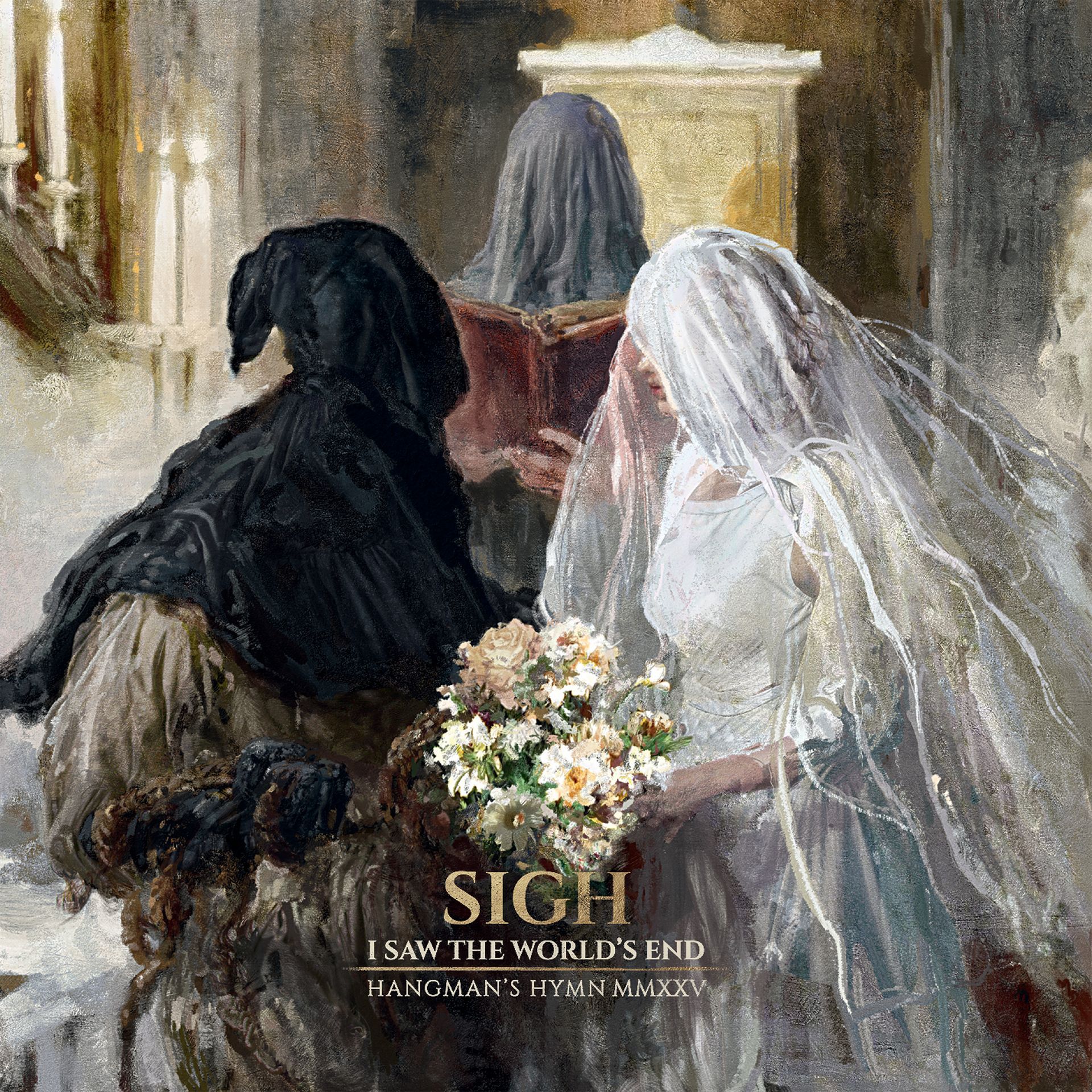
Sigh
I Saw The World’s End (Hangman’s Hymn MMXXV)
Peaceville Records
2025
In the formative days of my writing journey, I was both blessed and cursed to encounter albums and bands that completely unraveled me in the best possible way. One of the earliest and most striking of these encounters was with Japanese Avant-garde Black Metal pioneers, Sigh.
My introduction to the band came via their landmark album “Imaginary Sonicscape”, a record so bewildering and brilliant that I knew immediately our paths would cross repeatedly, though not always consistently, over the years. Now, with 35 years under their belt, Sigh’s longevity is not just impressive, it’s exceptional, especially for a band operating in such an unorthodox corner of Extreme Metal. While I wouldn’t claim to be a die-hard fan, I’ve spent enough time with their catalog to consider myself casual, I’ve ventured into their world more than once, and let’s just say I’ve “fucked around and found out.”
To commemorate their 35th anniversary, Sigh has revisited and re-recorded their 2007 album “Hangman’s Hymn”, reintroducing it as “I Saw the World’s End (Hangman’s Hymn MMXXV)”. Like many artists who choose to revisit past works, the band sought to elevate the original, refining its production and enhancing its sonic depth. Predictably, some kvlt purists are clutching their inverted crosses and throwing tantrums about it, but let’s be honest: there’s absolutely nothing wrong with what Sigh has done here. Black Metal doesn’t have to sound like it was recorded in a sewer to be authentic. Personally, I prefer production that’s polished, expansive, and layered. I want to hear every nuance. You can have all the darkness and chaos in the world, but if it sounds like garbage, it’s still garbage. “Evil trash” is still trash.
The most immediate noticeable upgrade is the symphonic element; it dominates and defines this version of the record. The arrangements bleed grandeur and ambition, benefiting immensely from modern production technology. The orchestration is no longer buried; it’s front and center, and it works. Another crucial upgrade is the drumming; Mike Heller’s performance here is nothing short of phenomenal. His precision, speed, and dynamics elevate the entire album, adding a muscular backbone that the original simply lacked.
Guitars and vocals also fare far better in this rendition, sharper, more aggressive, and clearly articulated. There’s a noticeable thrashier energy this time around as well, which injects a ferocity that feels more aligned with the band’s theatrical edge. The original “Hangman’s Hymn” never fully resonated with me, it was muddy, chaotic in the wrong ways, and ultimately landed in that space where my interest in Sigh began to fade. But this reimagining, it feels like the grotesque Horror-circus spectacle it was always meant to be.
Let’s be clear: if you’ve never liked Sigh, this release likely won’t convert you. But what it will do is offer a fresh perspective on a band that many rightfully consider legends within their genre. For me, this version completely replaces the original. There’s no need to revisit the past when the present sounds this good.
Standouts: “Me-Devil,” “Inked in Blood,” “Salvation in Flame,” and “Death and Dishonor.”
